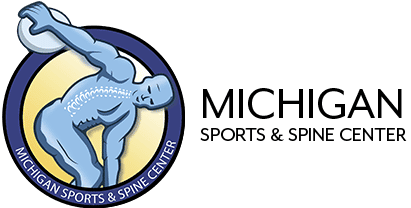Overview
Raynaud’s is a rare disorder that affects the arteries. Arteries are blood vessels that carry blood from your heart to different parts of your body. Raynaud’s sometimes is called a disease, syndrome, or phenomenon. The disorder is marked by brief episodes of vasospasm (VA-so-spasm), which is a narrowing of the blood vessels. Vasospasm of the arteries reduces blood flow to the fingers and toes. In people who have Raynaud’s, the disorder usually affects the fingers. In about 40 percent of people who have Raynaud’s, it affects the toes. Rarely, the disorder affects the nose, ears, nipples, and lips.
Causes
Often unknown
Diseases and conditions that directly damage the arteries or damage the nerves that control the arteries in the hands and feet
Repetitive actions that damage the nerves that control the arteries in the hands and feet
Injuries to the hands and feet
Exposure to certain chemicals
Medicines that narrow the arteries or affect blood pressure
Rheumatoid arthritis
Atherosclerosis
Blood disorders
Sjögren’s syndrome, dermatomyositis, polymyositis
Buerger’s disease
Thyroid problems
Pulmonary hypertension
Repetitive actions
Hand or foot injuries
Chemicals
Certain medicines
Symptoms
Attacks in response to cold temperatures or emotional stress
Attacks cause affected areas to:
Turn pale or white and then blue
Feel numb, cold, or painful
Turn red, throb, tingle, burn, or feel numb as soon as blood flow returns
Diagnosis
Physical examination and medical history consultation
Treatment
Lifestyle changes
Calcium channel blocking medications
Alpha blockers
Skin creams
ACE inhibitors
Surgery
Injections
Source: http://www.nhlbi.nih.gov/health/health-topics/topics/raynaud/
